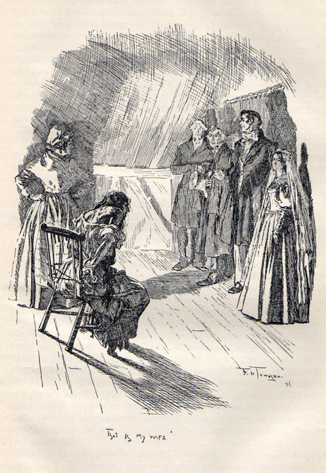The madwoman emerges in the second part after rochester cashes her dowry and especially after her husband inherits thornfield decides to return to england and locks her away in his cold damp attic.
The madwoman in the attic and jane eyre.
If you ve read jane eyre before you are no doubt familiar.
Culture books news attic that inspired jane eyre s madwoman in the attic bertha open for public tours.
In jane eyre the character of bertha mason serves as an ominous representation of uncontrollable passion and madness.
Jane eyre is a progressive book in many senses far ahead of its time it is even deemed feminist.
The first and most important point to make about her is that within the time span of the novel she is unable to give an account of herself.
Charlotte brontë s fictional character the mentally ill bertha mason is locked in.
Townsend taken from the second edition of jane eyre 1847 bertha mason s life finally ended tragically.
Her dark sensuality and violent nature contrast sharply with jane s calm morality and it is no surprise that bertha s presence at thornfield is a key factor in transforming mr.
Jane eyre and the madwoman in the attic according to janet gezari s article sandra m.
The novel itself is jane eyre but the main character is jane eyre so we re going to get confused a lot about whether we re talking about the whole book or just the character this confusion isn t accidental.
The madwoman in the attic from jane eyre is actually based on real history.
As we can see in engraving by t.
This novel like most novels named.
The 1966 parallel novel wide sargasso sea by jean rhys serves as a prequel to brontë s novel.
Gilbert and susan gubar s the madwoman in the attic it took about a century for the angel in the house to join forces with the madwoman in the attic.
But think about this for a second.
Rochester into a stereotypical byronic hero.
As she lived in a time when women were not encouraged to write charlotte bronte wrote under the pseudonym currer bell to avoid being ostracized by society and to avoid being badly received by the audience because the book was written by a woman.





























